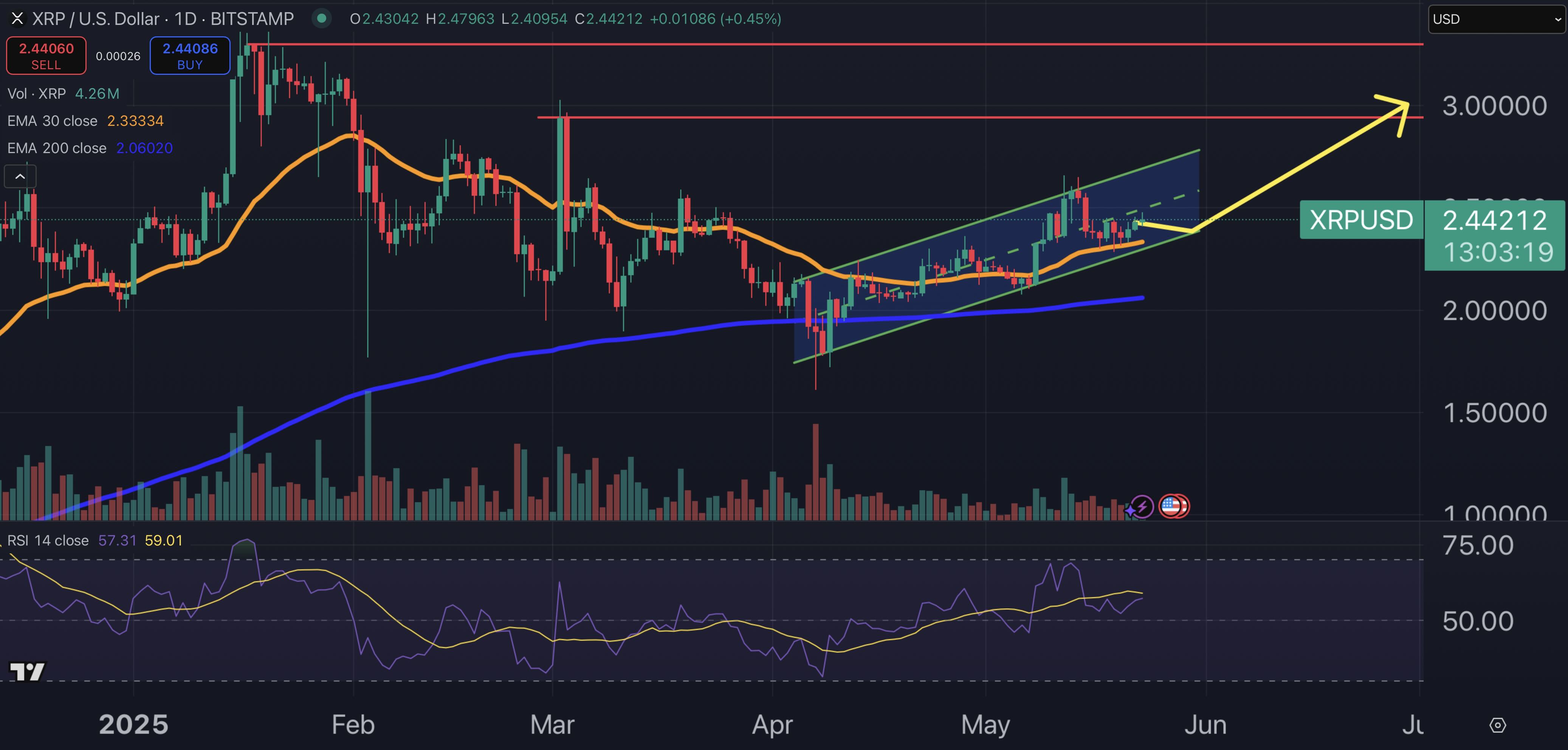Tensions are running hot as Musk deals with overpaying for the now-struggling Twitter and Zuckerberg seeks to broaden his reach in the social media space and enter Twitter’s direct line of competition. But a new Montclair University study from March finds the social media industry entering a new stage with the potential to grow and be “highly profitable,” but it will take an effort in five significant areas for these CEOs to keep their companies afloat.
The study finds that winning the social media wars won’t be straightforward. A.I. has emerged as an existential threat to the space, along with various plans and promises to create the “everything app.” Musk is attempting many of these, and the ball is in Zuckerberg’s court, but it’s possible neither can pull it off.
“The future of the industry overall remains bright, yet which companies will continue or emerge as future winners depends on how well they can deal with these challenges,” the authors of the study write.
The report uses publicly available key performance metrics, company reports and press reports.
Content—especially visual—is king
It’s nothing new. Content is and always has been king. All of these social media platforms are successful, in many ways, because they’ve been able to understand the value of content. But there is a growing trend toward visual content, according to the study.
Providing these visuals is what Instagram, Snapchat, TikTok, and Pinterest have excelled in. Photos are interesting, and videos are better. Quick videos are one of the best tools for the fastest-growing social media model both in terms of attracting users and advertising revenue. TikTok has become the trendsetter for other social media platforms because of this, as Instagram models Instagram Reels content after the beloved short-form videos.
“A picture is worth a thousand words, and images and videos have huge advantages in social interactions and casual communication, especially in a world with many distractions and short attention spans,” the authors of the study write.
Those who swim will be able to pivot to having primarily visual content.
Having an A.I. edge
TikTok is a clear forerunner with its addictive short-form content built, but it’s how that content is chosen that makes it special. There’s a reason that in 2022, “the average daily time spent on the TikTok mobile app by users worldwide was almost equal to that of Facebook and Instagram combined,” according to Statista.
“TikTok’s A.I. has a magic that goes beyond being a recommendation system. Not only is it highly accurate and efficient in gauging users’ interests, thoughts, and emotions based on their past behavior, but it can also deliver videos that users do not know they want to see,” write the authors of the study.
A.I. is the beating heart of successful social media platforms. It adds value to users to be matched with what they want to see and people they want to talk with. But it also helps the company gain “insights from user footprints and build sophisticated mechanisms for advertisers to efficiently reach their target audience.”
Those who master A.I. can wield the power of both user attention and advertising revenue.
Network matters
It might seem obvious that social media platforms benefit from being connected socially. The network effect of social media is a cascading effect of “the more, the better.” One friend joins to interact with the others then more join, building a network of connected users and an abundance of data.
It’s the fuel of Meta’s empire, write the authors of the study, but new platforms have embraced it too. It takes innovation to do it differently, though. Instagram innovated by focusing more on photos. Twitter had a limited word count in posts, and Snapchat has disappearing posts.
“Their successes show that even a small tweak in the business model or platform design can have a huge impact on success in the social media industry,” the authors of the study write.
Broaden and diversify revenue streams
Revenue is crucial to social media platforms, and in a changing technological landscape, advertising may not be the revenue stream of the future.
Snapchat, for example, has witnessed a sharp increase in users since its inception and reached over 500 million monthly active users in 2022, but the app has never turned an annual net profit. It’s adding Snapchat Plus, a subscription service, while Twitter added Twitter Blue.
“Options like these are promising directions and could significantly enhance the monetization of social media platforms,” the authors of the study write.
Becoming the “everything app”
The platform that manages to become the “everything app” will hold the keys to the social media kingdom.
“The more areas and functions that a social media app ventures into, the more it can leverage such ecosystems for cross-data mining and advertising targeting,” write the authors of the study.
But it’s not an easy thing to do. Managing a company brand and becoming a generalized “everything app” makes it hard to be distinctive and differentiate.
The future of Twitter, and Threads for that matter, depends on whether Musk can make the envisioned everything app.
Twitter has about 330 million monthly active users in 2023, according to BankMyCell.com. Its revenue and user base both have faced ups and downs since 2021. And while the study sees some of Musk’s changes as “noteworthy initiatives,” Twitter’s profitability is complicated and has significant content issues.
“Musk has long stated his intention to turn Twitter into an everything app. It remains to be seen how the actions taken by the new leadership will impact Twitter and whether Twitter can truly become an everything app while improving profitability and content issues,” write the authors of the Montclair study.
Credit: Source link











